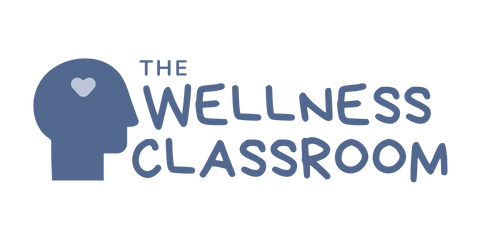
How are students truly feeling as they navigate through their day—from the moment they step into the school building to the time they leave?
Focus on this to improve the school environment...
Do you remember feeling this way:
Did you ever cry in the bathroom?
My friend helped me feel better in the stairwell.
I don't want to wait in line with them.
I don't think they really care about my feelings.
I feel alone.
Seeing you all at lunch helps.
Did you hear what they said about me outside class?
No one sits next to me in the cafe.
Do you remember feeling this way: Did you ever cry in the bathroom? My friend helped me feel better in the stairwell. I don't want to wait in line with them. I don't think they really care about my feelings. I feel alone. Seeing you all at lunch helps. Did you hear what they said about me outside class? No one sits next to me in the cafe.
Mental Health Experience Between the School Bells
The Wellness Classroom partnered with Chandani Punia from Immersive Consulting to facilitate our student-centered perspective on mental health in schools.
We revisited our own school experiences to ask:
How do students navigate their physical & emotional states in school?
We discovered that unstructured or liminal areas within schools—like stairwells, hallways, and locker rooms—played a significant role in shaping our well-being. In the context of NYC schools, students may be receiving help and enrolled in mental health programs at school but their overall school experience and social dynamic within this environment might be unaddressed.
We reflected that our own mental health struggles at school were internalized, with no tangible reminders or tools to carry us through difficult days. This struggle might be felt by New York City students as well.
Why does this matter for improving mental health in schools?
It is not enough to assume that academic support, programs, and counseling address needs. We should always be asking: How are the school environment, social dynamics, academic pressures, and even transitional spaces like hallways and cafeterias impacting the students’ overall well-being?
We must consider a holistic approach that supports not just the intellectual growth but also the emotional and psychological health of students to prepare them for their future.




